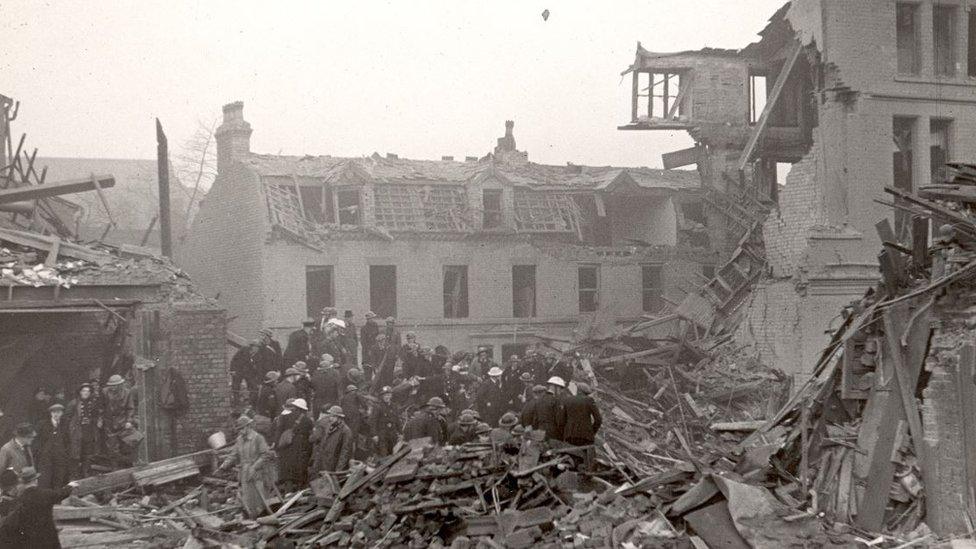Crosby 'brick beach' Blitz secrets revealed by student
- Published
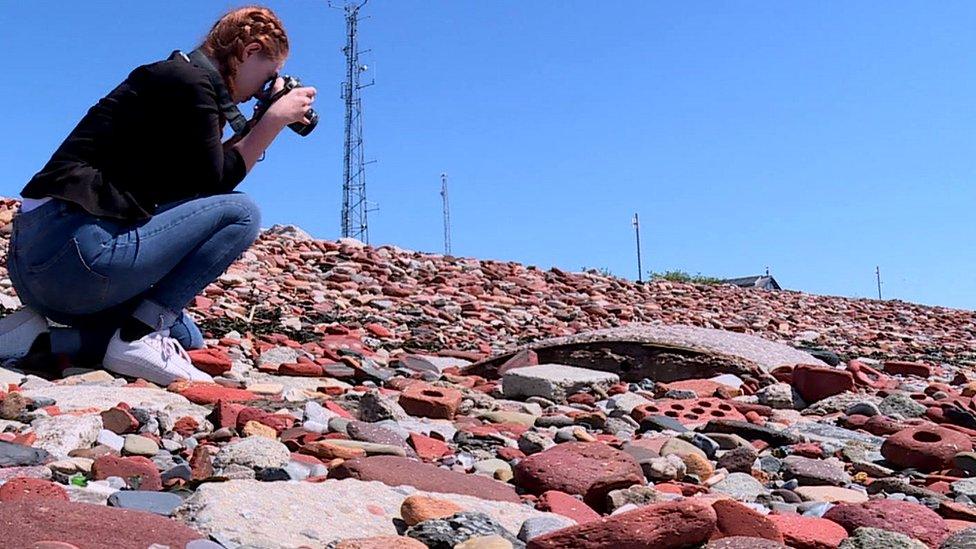
Emma Marsh is trying to identify the origin of thousands of pieces of debris that were dumped on Crosby beach
An archaeology student is piecing together the story of the Liverpool buildings devastated in the May 1941 Blitz by sorting through beach rubble.
Emma Marsh, 20, has enlisted an online community, external to help identify the origin of thousands of pieces of debris that were dumped on Crosby beach.
Mountains of rubble were transported from the city for use in sea defences.
But nearly 80 years later a "brick beach" is being revealed by shifting sand dunes.
"I can see people's lives, people's homes amongst this rubble," said Ms Marsh, who is compiling a research project for her degree, at the University of Durham, based on her searches at the beach.
For seven nights in May 1941 German bombers tried to flatten the city port, which was vital to the Allies' war effort.
More than 4,000 people were killed or injured, with about 70,000 made homeless, as houses, shops, offices, hospitals and factories crumbled in the onslaught.
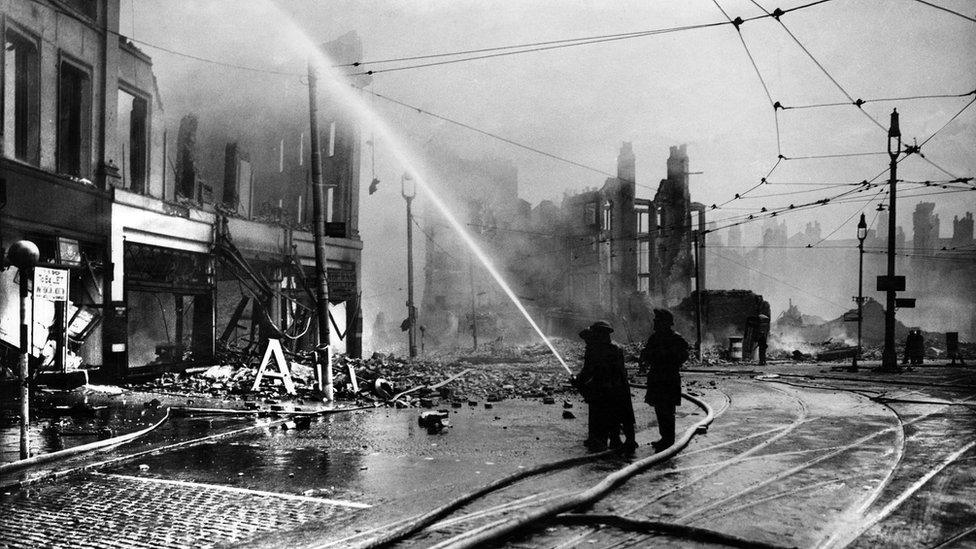
Liverpool endured seven days of heavy bombing in May 1941
Ms Marsh, from Manchester, has been on a mission to discover as much as she can about the buildings behind the bricks, stones and tiles at Crosby since she visited the beach with her family.
"I told my professor what I had found and he said 'you are on to something'," she said.
"If I come across something I will put it on Twitter and within minutes people who are experts and people who have lived in Liverpool all their life... they know these buildings, they know they style of architecture and they can be really helpful."
She added: "Trying to find records of what was placed on the beach is very difficult - you've got to think of the scale of the destruction.
"I don't think there was time to note where every little piece was going."
A combination of her own photos, search engine street views, aerial footage archives, as well snaps from her Twitter followers, has enabled her to cross-reference the change in many areas that were bombed.
She hopes her research will become a long-term project.
You can learn more about Emma Marsh's research on BBC One Inside Out North West 19:30 BST on Monday.
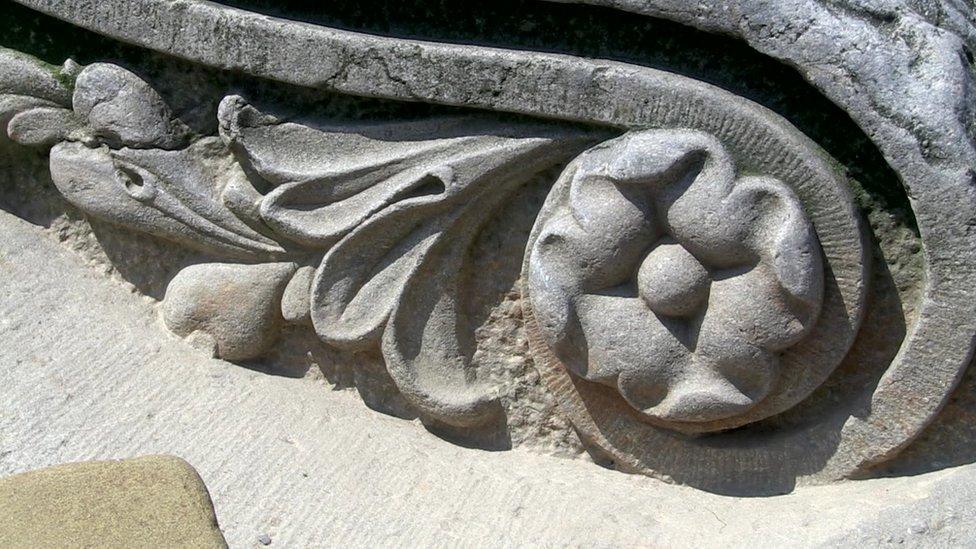
People respond on social media with information about the different locations that were bombed
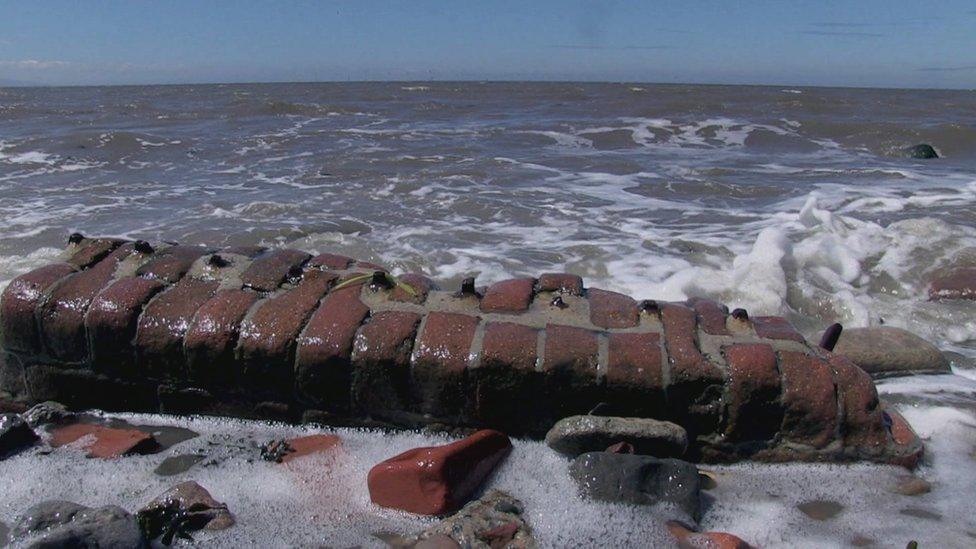
Mountains of bricks and stones from the bombing were converted into sea defences
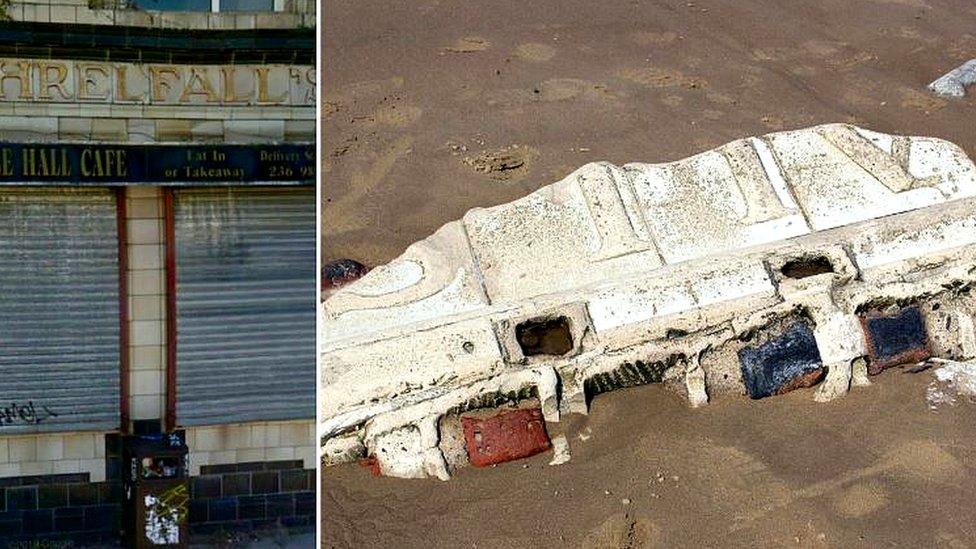
Emma Marsh is matching debris with former locations
- Published3 September 2019

- Published29 June 2019

- Published6 May 2016
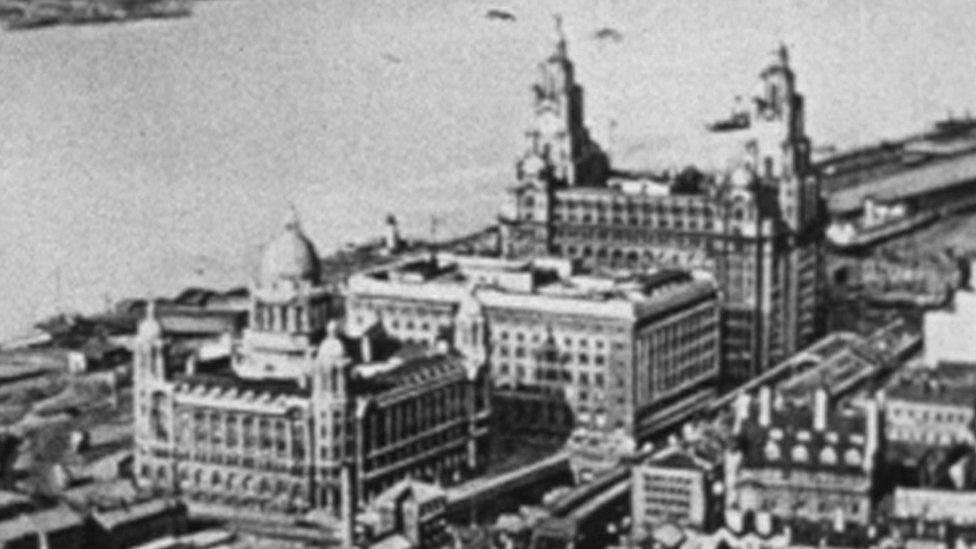
- Published29 November 2015
